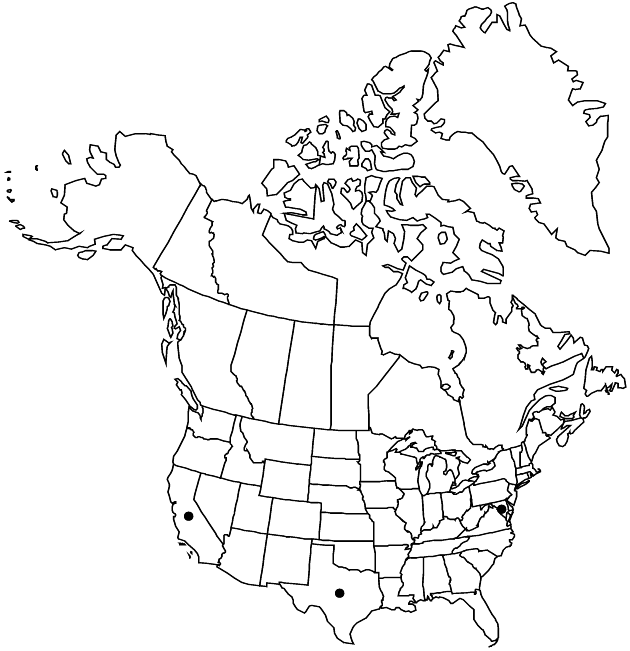Difference between revisions of "Sanvitalia procumbens"
J. Hist. Nat. 2: 176, plate 33. 1792.
FNA>Volume Importer |
imported>Volume Importer |
||
| (6 intermediate revisions by 2 users not shown) | |||
| Line 23: | Line 23: | ||
|elevation=10–1000 m | |elevation=10–1000 m | ||
|distribution=Calif.;Md.;Tex.;Mexico;Central America. | |distribution=Calif.;Md.;Tex.;Mexico;Central America. | ||
| − | |discussion=<p>Sanvitalia procumbens has been seen only sporadically in the flora; it probably is not a resident.</p> | + | |introduced=true |
| + | |discussion=<p><i>Sanvitalia procumbens</i> has been seen only sporadically in the flora; it probably is not a resident.</p> | ||
|tables= | |tables= | ||
|references= | |references= | ||
| Line 32: | Line 33: | ||
-->{{#Taxon: | -->{{#Taxon: | ||
name=Sanvitalia procumbens | name=Sanvitalia procumbens | ||
| − | |||
|authority=Lamarck | |authority=Lamarck | ||
|rank=species | |rank=species | ||
| Line 48: | Line 48: | ||
|publication year=1792 | |publication year=1792 | ||
|special status= | |special status= | ||
| − | |source xml=https:// | + | |source xml=https://bitbucket.org/aafc-mbb/fna-data-curation/src/2e0870ddd59836b60bcf96646a41e87ea5a5943a/coarse_grained_fna_xml/V19-20-21/V21_152.xml |
|tribe=Asteraceae tribe Heliantheae | |tribe=Asteraceae tribe Heliantheae | ||
|subtribe=Asteraceae (tribe Heliantheae) subtribe Ecliptinae | |subtribe=Asteraceae (tribe Heliantheae) subtribe Ecliptinae | ||
Latest revision as of 20:10, 5 November 2020
Stems procumbent to erect, 3–15 cm. Leaf blades ovate to lance-linear, 10–60 × 4–31 mm. Phyllaries 13–21, unequal. Ray corollas 2–9 mm. Cypselae: rays 2.5–3.5 mm with awns 1–3 mm, clearly 3-faced, adaxial faces often 2–3-nerved; discs strongly dimorphic within single heads: outer 4-angled, wingless, inner ± flattened, 1–2-winged. 2n = 16, 32.
Phenology: Flowering summer–fall.
Habitat: Ruderal
Elevation: 10–1000 m
Distribution

Introduced; Calif., Md., Tex., Mexico, Central America.
Discussion
Sanvitalia procumbens has been seen only sporadically in the flora; it probably is not a resident.
Selected References
None.
Lower Taxa
None.